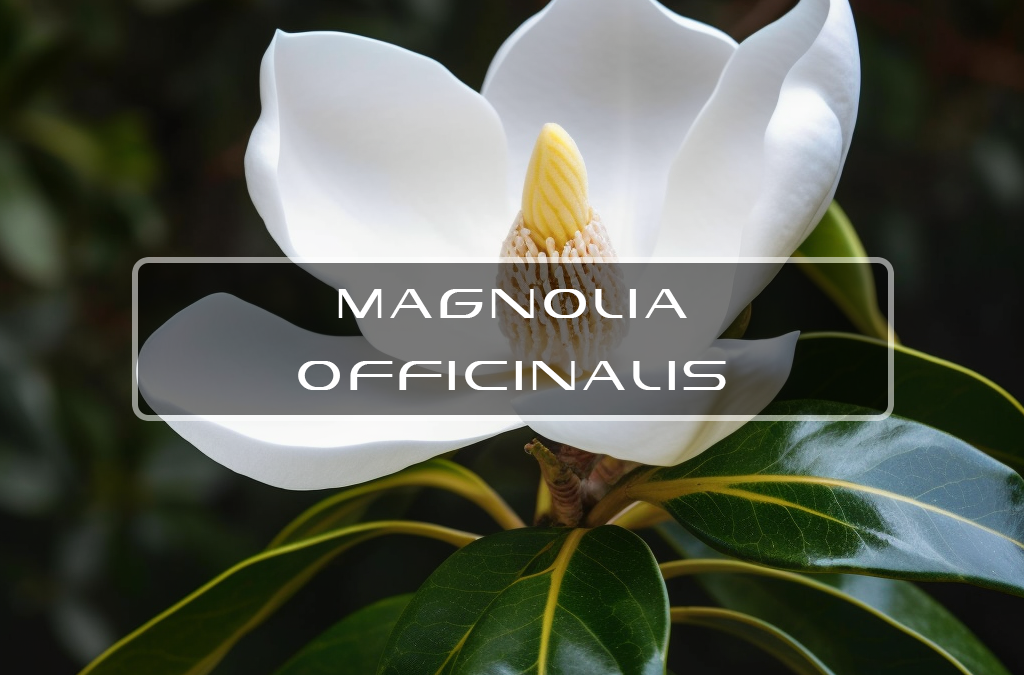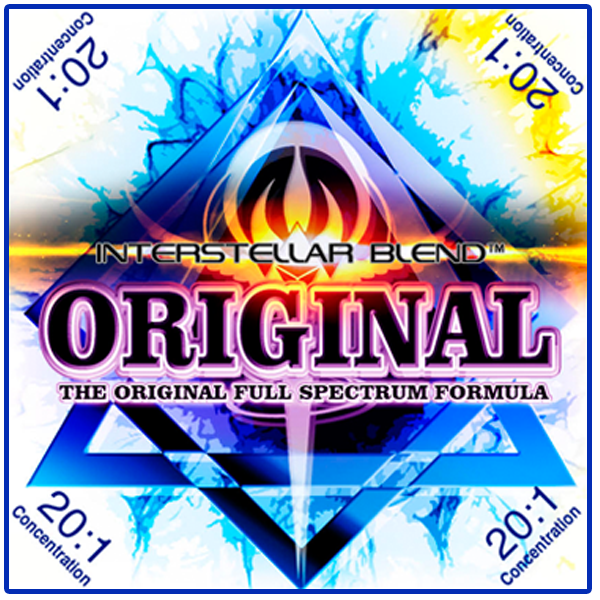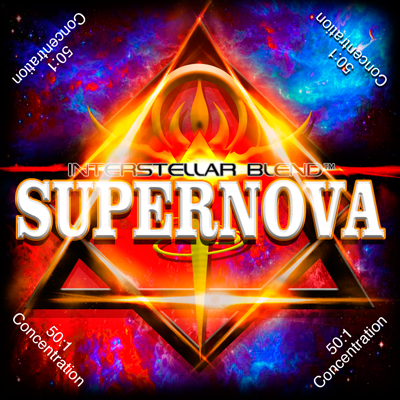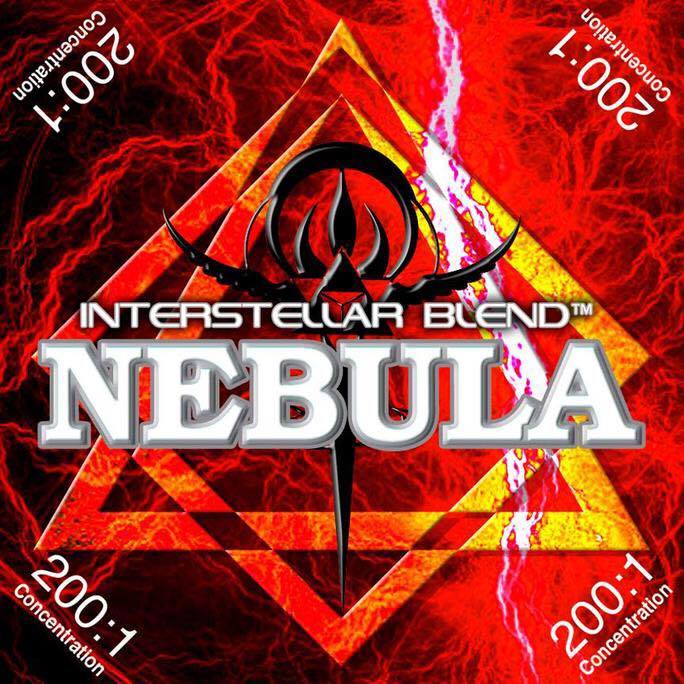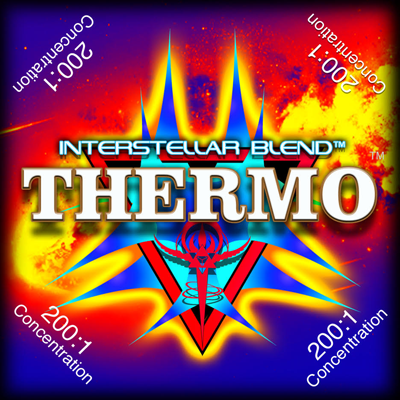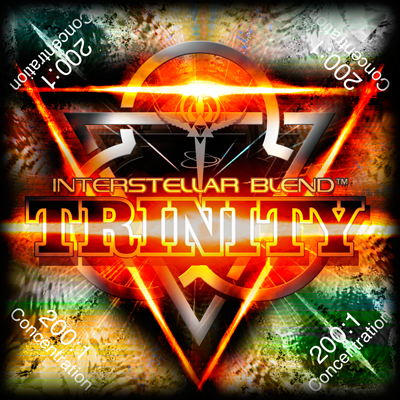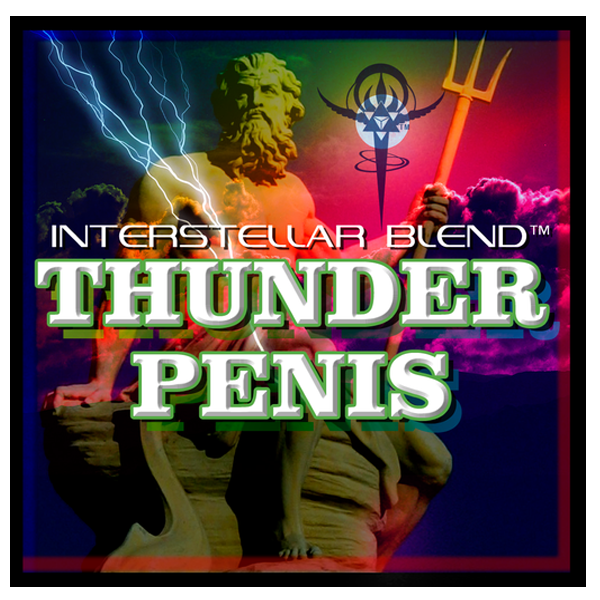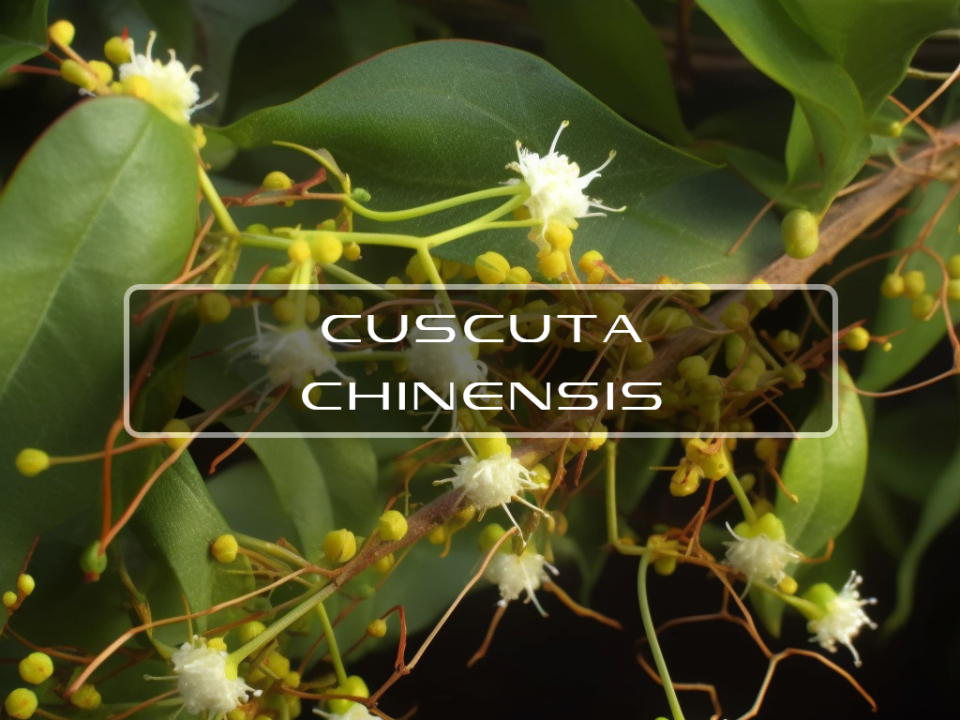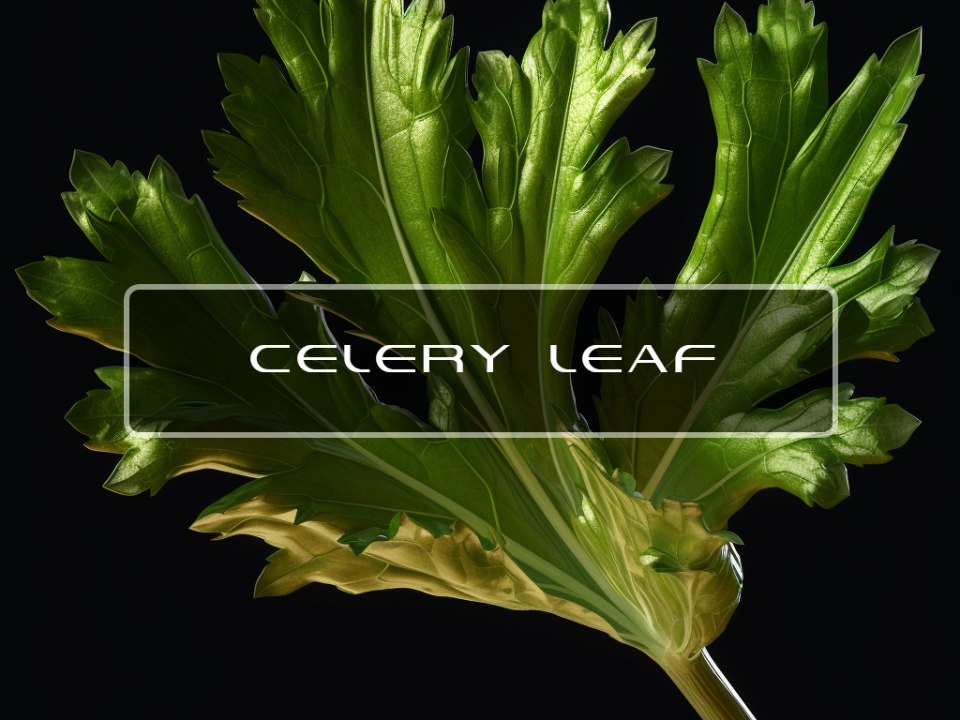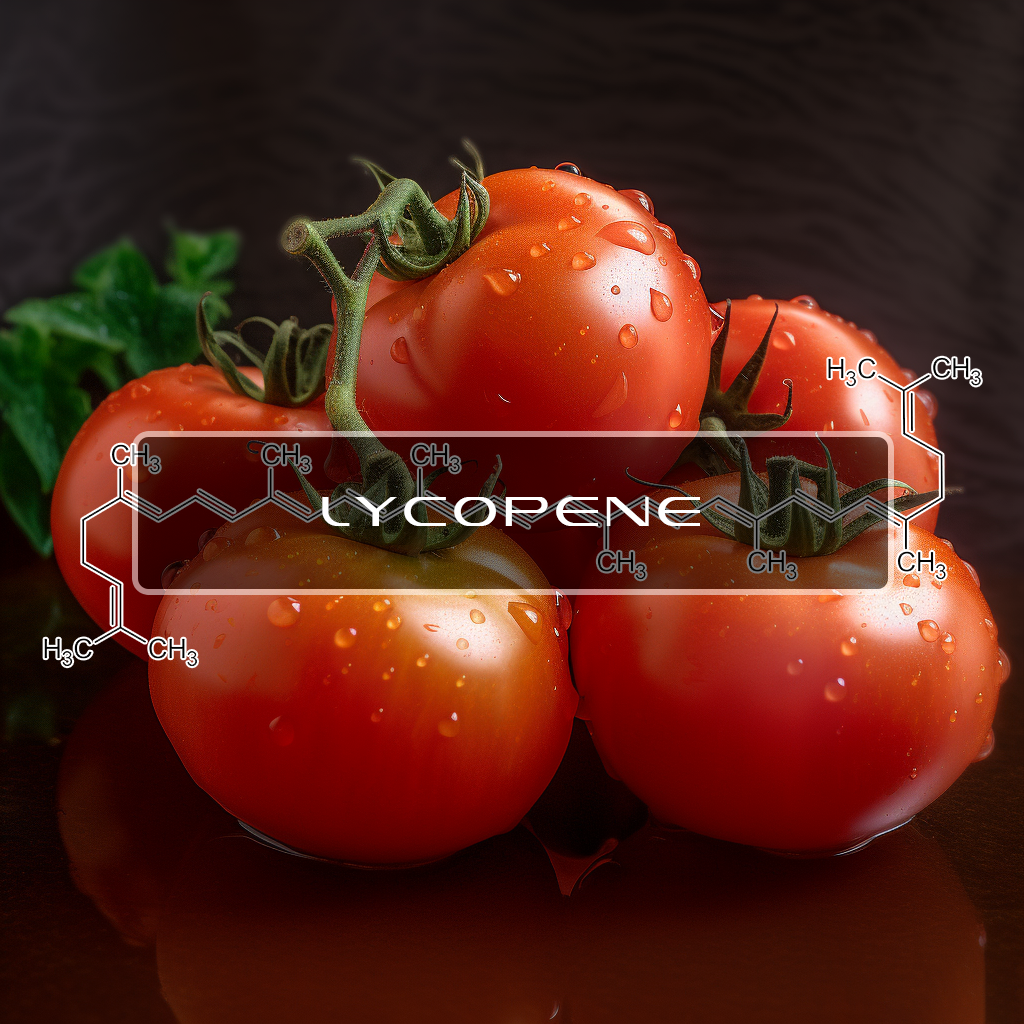
Lycopene
September 25, 2018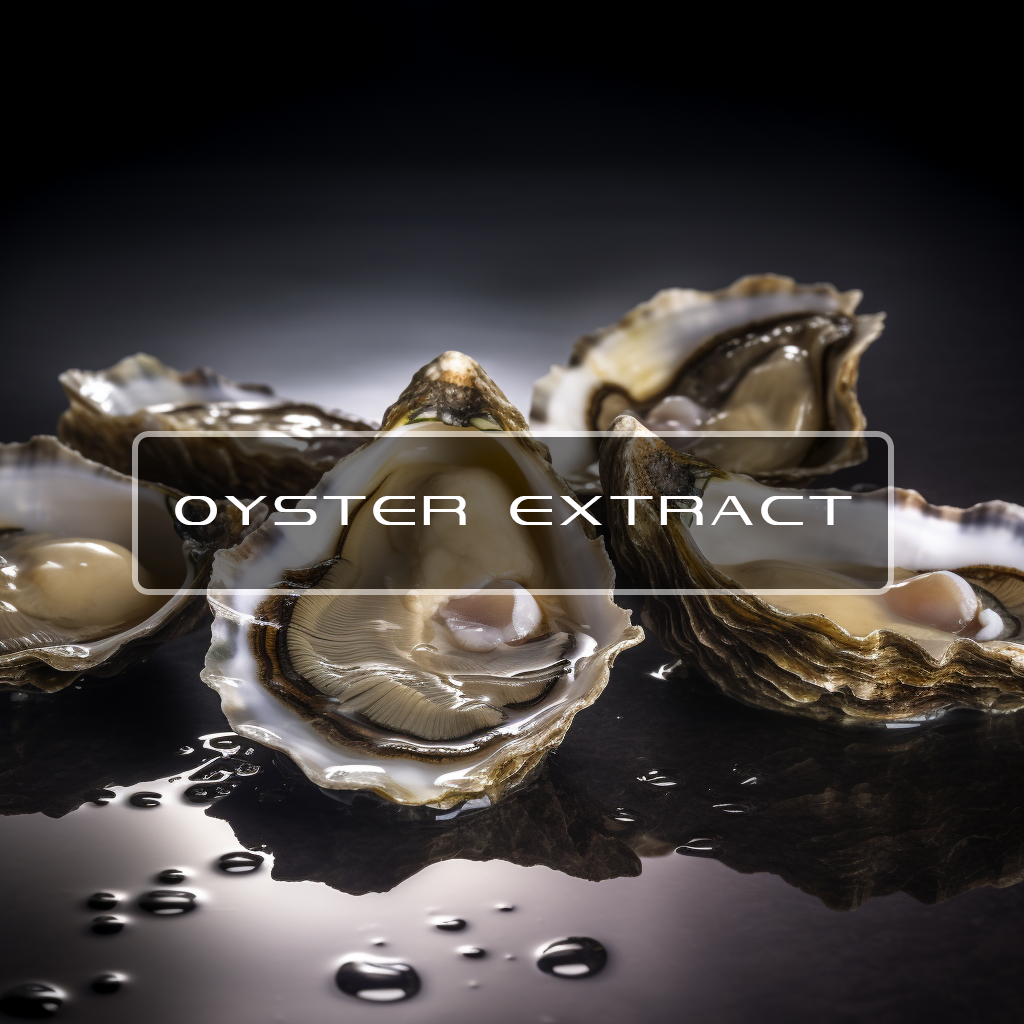
Oyster Extract
September 25, 2018Magnolia Officinalis

The bark from this tree has a long history of therapeutic uses within the Korean, Chinese, and Japanese Traditional Medicines. It has long been used to promote relaxation and to alleviate anxiety.
This tree has a beautiful aroma with vibrant flowers. Within the bark of the tree are several compounds that act as an anti-inflammatory and anti allergen agents. The more well known compounds contained are the Honokiol and Magnolol.
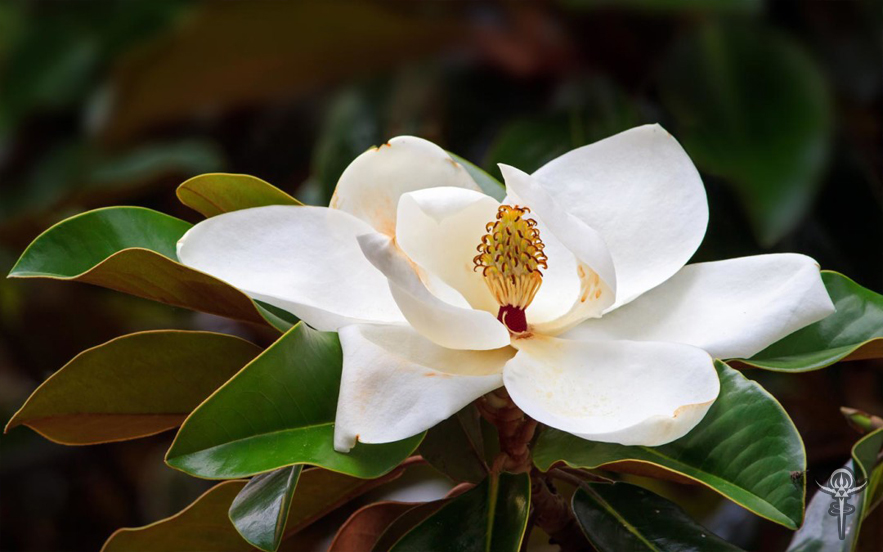
Benefits of Magnolia Officinalis
Exposure of human prostate cancer cells (PC-3, LNCaP, and C4-2) to honokiol resulted in apoptotic DNA fragmentation in a concentration- and time-dependent manner irrespective of their androgen responsiveness or p53 status.
Our data suggest that honokiol, which is used in traditional oriental medicine for the treatment of various ailments, may be an attractive agent for treatment and/or prevention of human prostate cancers.
Results showed that the retention fractions were honokiol and magnolol and the inhibition rate on MDA‐MB‐231 cell growth were 23 and 64 μM, respectively. These results support the conclusion that this coupled analytical technique could be an efficient method in drug discovery.
Magnolol, a hydroxylated biphenyl compound isolated from the Chinese herb Hou p'u of Magnolia officinalis, has been reported to have anti‐cancer activity. In the present study, magnolol at very low concentrations of 3–10 μM inhibited DNA synthesis and decreased cell number in cultured human cancer cells (COLO‐205 and Hep‐G2) in a dose‐dependent manner, but not in human untransformed cells such as keratinocytes, fibroblasts, and human umbilical vein endothelial cells (HUVEC).
In these tumors, an increase in the expression of p21 protein level and the occurrence of apoptosis were observed. These findings demonstrate for the first time that magnolol can inhibit the proliferation of tumor cells in vitro and in vivo.
Magnolol and polyphenol mixture (PM) derived from Magnolia officinalis exhibited remarkable antitumor activities in lung cancer. In this study, the epigenetic effects of magnolol and PM in non-small cell lung cancer (NSCLC) were examined in vitro and in vivo.
Magnolol and PM, as potential inhibitors of class I HDACs, induced tumor cell apoptosis and suppressed tumor growth partially by epigenetically activating DR5, which is a key protein in death receptor signaling pathway.
Anti-Depression - Honokiol and magnolol are the main constituents simultaneously identified in the barks of Magnolia officinalis, which have been used in traditional Chinese medicine to treat a variety of mental disorders including depression.
In the present study, we reported on the antidepressant-like effects of oral administration of the mixture of honokiol and magnolol in well-validated models of depression in rodents: forced swimming test (FST), tail suspension test (TST) and chronic mild stress (CMS) model.
These results suggested that the mixture of honokiol and magnolol possessed potent antidepressant-like properties in behaviors involved in normalization of biochemical abnormalities in brain 5-HT and 5-HIAA, serum corticosterone levels and platelet AC activity in the CMS rats.
Insomnia Relief - Insomnia is a common sleep disorder which is prevalent in women and the elderly. Current insomnia drugs mainly target the γ-aminobutyric acid (GABA) receptor, melatonin receptor, histamine receptor, orexin, and serotonin receptor.
Honokiol and magnolol (6, 6′, 7, 12-tetramethoxy-2, 2′-dimethyl-1-β-berbaman, C18H18O2) are two major bioactive constituents of M. officinalis bark which proved to be efficient in sedative and hypnotic.
Several M. officinalis bark extracts have been approved for use, and their efficacy for the treatment of insomnia has been confirmed; especially honokiol and magnolol as we mentioned, it seems to have a great future for M. officinalis in insomnia treatment.
This review will focus on the mechanisms by which magnolol and honokiol act on apoptosis pathways in cancer that have been characterized thus far, including the death receptormediated pathway, mitochondria-mediated pathway, caspase-mediated common pathway, and regulation of apoptosis-related proteins. These breakthrough findings may have important implications for targeted cancer therapy and modern applications of traditional Chinese medicine.
Honokiol (HNK), a naturally occurring biphenyl, possesses potent antineoplastic and antiangiogenic properties. We investigated the in vitro and in vivo activity of HNK against breast cancer.
In vivo, HNK was highly effective against breast cancer in nude mice. We identified two different effects of HNK on breast cancer cells: cell cycle inhibition, observed at lower doses of HNK, and induction of apoptosis, observed at higher doses of the compound. Our data suggest that HNK is a systemically available, non-toxic inhibitor of breast cancer growth and should be examined for clinical applications.
These results indicate that regulation of the Bcl‐2 family, accumulation of cytosolic cytochrome c, and activation of caspase‐9 and caspase‐3 may be the effector mechanisms of magnolol‐induced apoptosis.
Chemotherapy - In this study they investigated the anticancer activity of Honokiol on RKO, a human colorectal carcinoma cell line in vitro and in vivo, and to evaluate its possible use in clinic.
Our results showed that honokiol induced apoptosis of RKO cells in a time- and dose-dependent manner. At 5-10 ug/mL for 48 h, honokiol induced apoptosis through activating Caspase cascades.
With its few toxicity to normal cells and potent anticancer activity in vitro and in vivo, honokiol might be a potential chemotherapy candidate in treating human colorectal carcinoma.
In this next study they showed that M. officinalis extract exhibited potential chemopreventive activity against urinary bladder tumor in vitro and in vivo. An aqueous extract of M. officinalis inhibited cell viability and DNA synthesis in cultured human urinary bladder cancer 5637 cells.
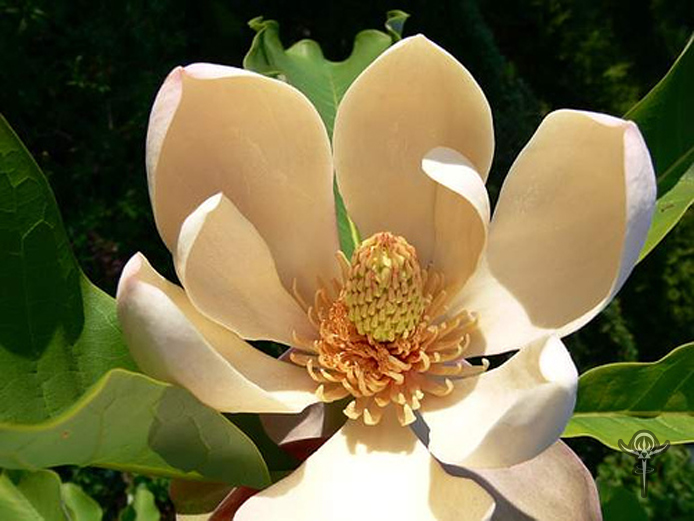
Related Products

